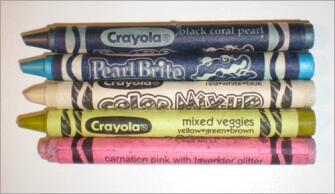
Far from being a distraction from academic work, drawing can turn students into better writers, asserts Misty Adoniou, a senior lecturer in literacy and teaching English as a second language at the University of Canberra, in Australia. In an essay for The Conversation, an independent source of academic-research news, Adoniou makes a case for allowing, and encouraging, students to draw in classrooms.
In elementary school, Adoniou says, drawing often gets phased out for writing, reading, math, science, and other subjects. Students in turn start to understand that academic success is measured by the quality of their writing and reading, not the detail or creativity of their drawings, she writes.
In fact, Adoniou says, research shows that drawing and artwork actually help improve students’ writing skills:
Children who draw before they tackle writing tasks produce better writing--it's longer, more syntactically sophisticated and has a greater variety of vocabulary. It is likely this is because the act of drawing concentrates the mind on the topic at hand, and provides an avenue for rehearsal before writing--rather like a first draft where they can sort things out before having to commit words to a page.
Adoniou encourages teachers to have students draw their first drafts instead of writing them to explore and clarify their ideas.
Just like stringing words together to create meaning, drawing is a form of communication. One should not be superior to the other, says Adoniou:
We understand things more deeply when we see them from multiple perspectives. Drawing what you have understood from a reading passage, drawing the science experiment you have just done or drawing the detail of an autumn leaf are all examples of engaging with the same learning from a different angle.
(H/T: Daily Dish)
Photo: Samples of crayons--WikiMedia Commons.